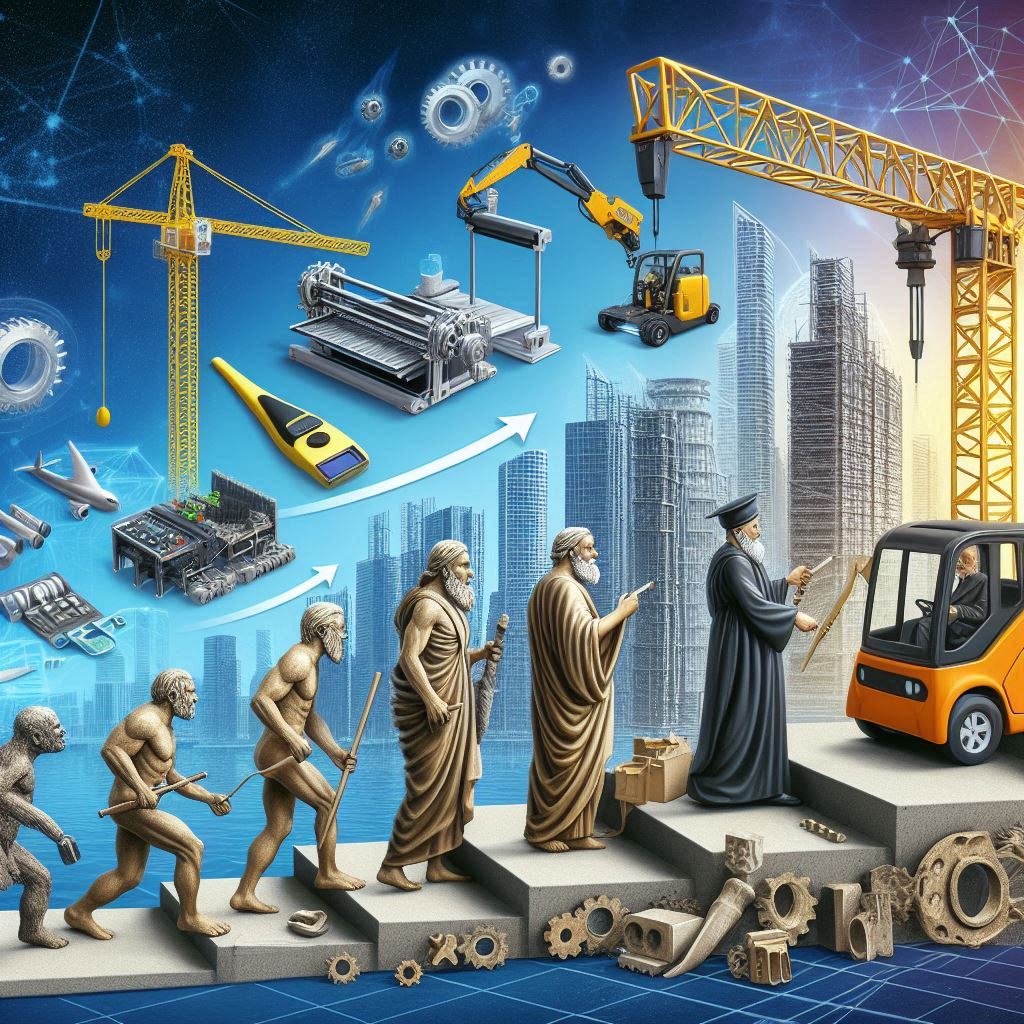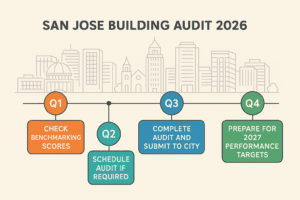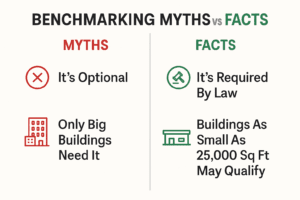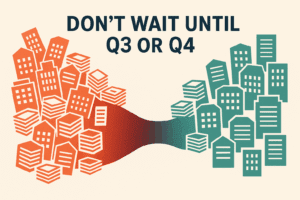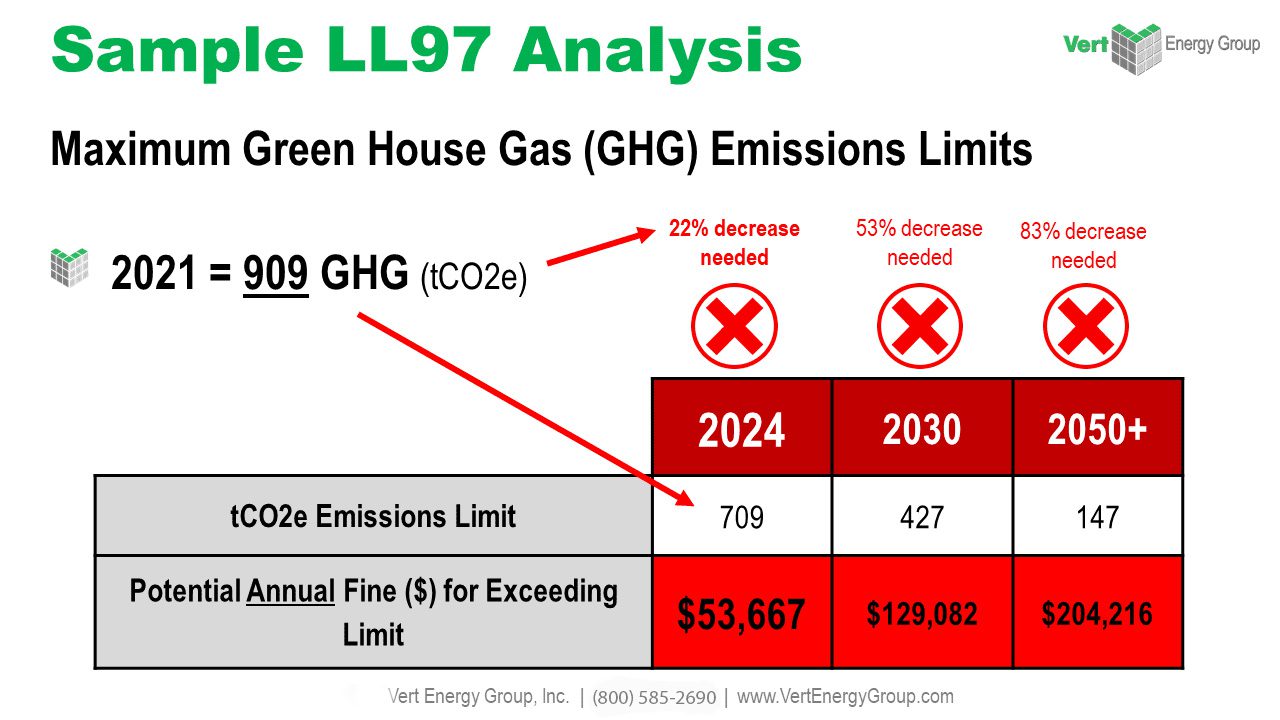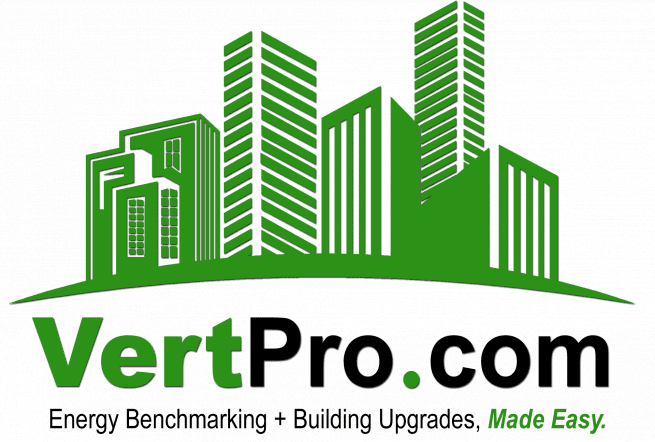I. Introduction
The dawn of the 21st century brought with it numerous technological advancements that have reshaped industry landscapes. None, perhaps, is as revolutionary as 3D printing technology. Conceived in the 1980s, 3D printing began as a method to quickly produce prototypes for industrial applications. Over time, the technology has evolved, transcending its original purposes and infiltrating various sectors, including the construction industry. Today, 3D printing in construction stands as a beacon of innovation, signaling a significant shift in how we approach the creation of our built environment.
II. Understanding 3D Printing

At its most basic, 3D printing technology is the additive process of creating three-dimensional objects. Where traditional manufacturing involves cutting away material, 3D printing builds objects layer by layer, directly from computer-aided design (CAD) models. This allows for a high level of detail and complexity without the need for molds or cutting tools.
Different Types of 3D Printing Techniques
There are several techniques associated with 3D printing, each suitable for different applications and materials:
– Stereolithography (SLA): This technique uses an ultraviolet laser to solidify a photosensitive resin, tracing the object’s shape layer by layer.
– Fused Deposition Modeling (FDM): Perhaps the most widely recognized, FDM works by extruding thermoplastic filaments through a heated nozzle, building an object layer by layer.
– Selective Laser Sintering (SLS): SLS uses a laser to sinter powdered material, typically nylon, to form solid structures.
Materials Used in 3D Printing
The materials used in 3D printing have grown exponentially. Plastics, ceramics, metals, and composites can all be 3D printed with varying degrees of success. In the realm of construction, concrete and cementitious materials have become the primary focus due to their structural properties and widespread use in traditional construction. Innovations in material science have led to the creation of new formulations specifically designed for 3D printing buildings, which are not only strong but also allow for a flowable starting material that can be extruded and quickly set into the desired shape.
III. 3D Printing in Construction
Delving into 3D printing in construction, it becomes clear that this is not merely a new tool but a fundamental shift in construction methodology. Digital construction enables the precise placement of material, which leads to significantly less waste than traditional construction methods. Moreover, complex designs that were once considered unfeasible or cost-prohibitive can now be realized.
Specific Instances of 3D Printed Construction Projects
Globally, several projects have successfully utilized 3D printing. The world’s first 3D printed office building in Dubai stands as a testament to the potential of this technology. In Amsterdam, a 3D printed bridge crafted out of steel displays the intricate designs and strength that can be achieved [insert link].
IV. Benefits of 3D Printing in Construction
Economic Benefits
The economic benefits of 3D printing are multi-faceted. By accelerating the construction process and reducing labor costs, projects can be completed faster and more economically. The precision of 3D printing also means that material usage is optimized, minimizing the excess and associated costs prevalent in traditional construction.
Environmental Benefits
In terms of sustainable construction, 3D printing is a significant step forward. With precise material placement and reduced on-site waste, 3D printing lends itself to more sustainable construction practices. Additionally, the potential to use recycled materials or local earthen mixtures in the printing process can further reduce the environmental impact.
Design Freedom and Customization
The architectural world has embraced 3D printing for its ability to turn complex, bespoke designs into reality. Free-form shapes and intricate patterns are possible, allowing architects to push the boundaries of creativity.
V. Current Examples of 3D Printing in Construction
3D-Printed Residential Buildings
In the residential sector, 3D printing has been used to create affordable housing solutions that are particularly beneficial in areas facing housing shortages or after natural disasters. Companies like ICON in the United States have developed 3D printed homes that can be constructed in under 24 hours.
3D-Printed Commercial Structures
Commercial structures have also seen the benefits of 3D printing. The flexibility of design and the speed of construction are particularly advantageous for businesses looking to expand quickly or innovate with their physical spaces.
3D-Printed Bridges or Public Infrastructure
On the infrastructural front, 3D printing has been applied to create functional and durable bridges. This not only demonstrates the structural integrity that can be achieved with 3D printing but also highlights the potential for broader applications in public infrastructure.
VI. Challenges and Limitations of 3D Printing in Construction
While the technology is promising, it is not without its challenges. The current size limitations of printers, the need for specialized equipment, and the scarcity of skilled operators can be significant barriers to entry. Regulatory hurdles, such as building codes and safety standards, must also evolve to accommodate these new construction methods.
VII. Future of 3D Printing in Construction
Looking ahead, the trajectory of 3D printing in construction is poised for growth. Research into new materials, such as geopolymers and bioplastics, could expand the capabilities of 3D printing and reduce its environmental footprint even further. Robotics and automation are likely to play an increasingly significant role, with drones and automated systems potentially handling the printing of complex, large-scale projects in challenging environments [insert link to future technologies in 3D printing].
The conversation around digital construction is also sparking interest in how 3D printing can contribute to solving the global housing crisis and advancing sustainable construction practices. The marriage of 3D printing with renewable energy sources, for instance, could create self-sustaining buildings that are not only affordable but also energy-efficient.
VIII. Conclusion
3D printing’s impact on the construction industry cannot be overstated. With each layer it adds, the narrative of construction is being rewritten, promising an era marked by unprecedented efficiency, sustainability, and artistic freedom. As the industry continues to adapt and grow with this technology, embracing 3D printing in construction is not just a pathway to innovation; it is a step towards a more sustainable and creatively liberated future.
To witness the transformative potential of 3D printing firsthand and learn how your construction projects could benefit from this technology, explore the resources available and join the movement shaping tomorrow’s construction industry.
VertPro.com is the go-to hub for contractors dedicated to elevating energy performance upgrades for their clients. Our expansive suite of offerings includes expert Commercial Energy Audits, adept Benchmark Compliance consultation, and expansive Construction Marketplace. At VertPro®, we pride ourselves on delivering cutting-edge SaaS technology solutions that simplify the journey through Energy Benchmarking, and Energy Audits/RCx Plus, all while maintaining full compliance with a myriad of more than 60 Energy Benchmarking and Energy Efficiency Regulations nationwide.
At VertPro.com, we don’t just provide the insights and tools for energy management; we also bridge connections between qualified contractors and our client base, eager to upgrade their buildings. This creates a Marketplace where you can expand your project portfolio, ensuring that you’ll have more opportunities to apply your skills and grow your business.


